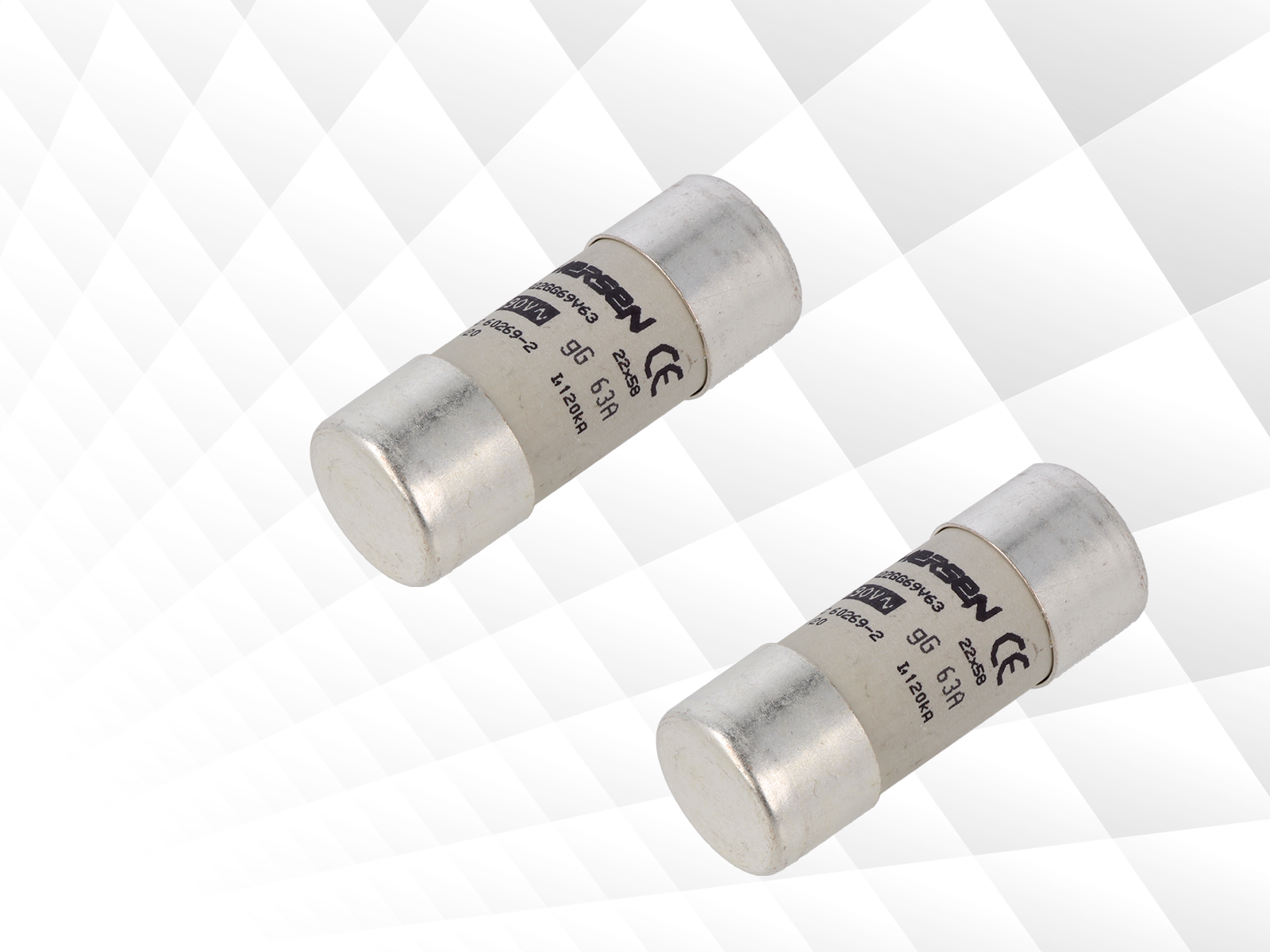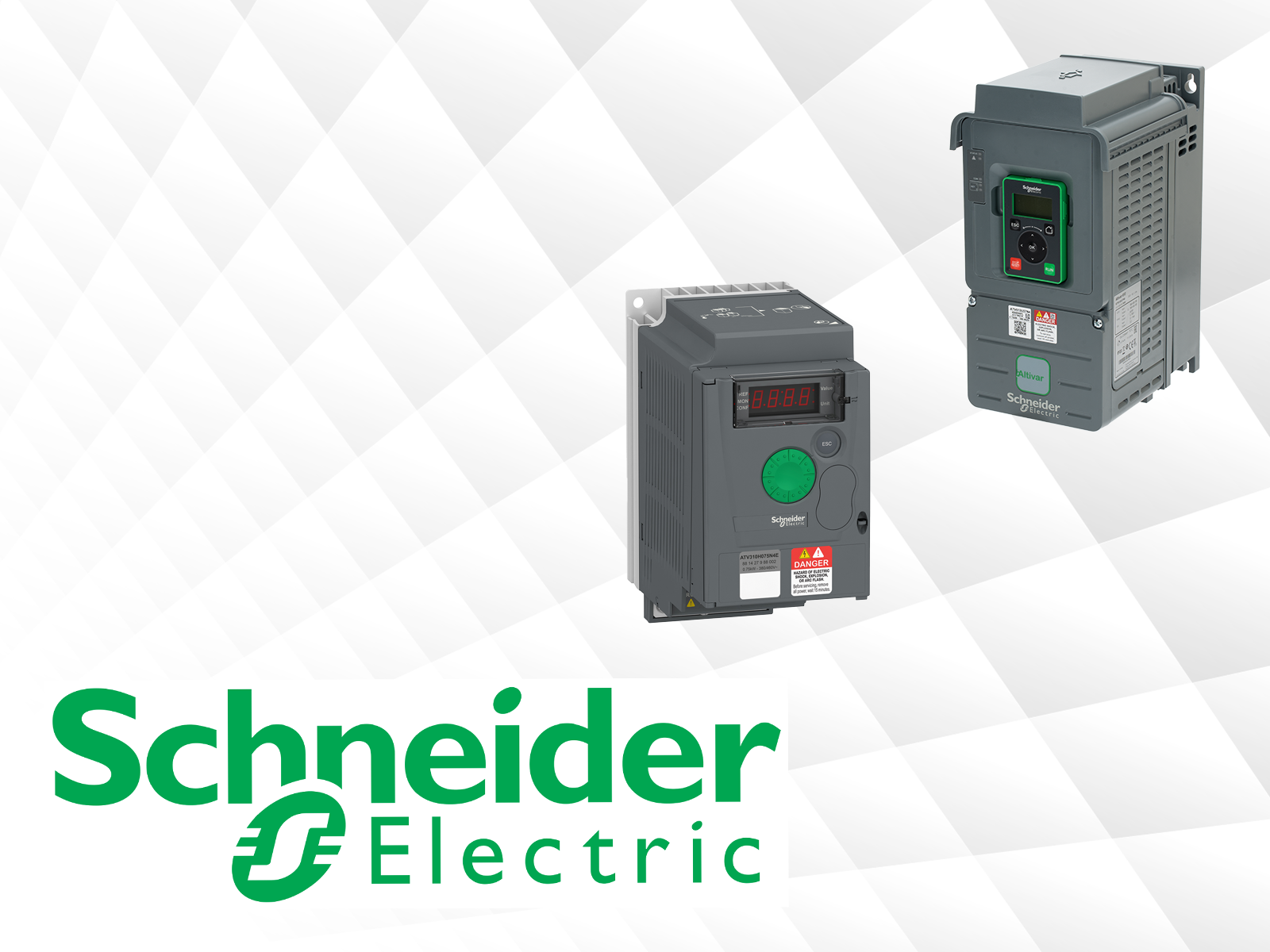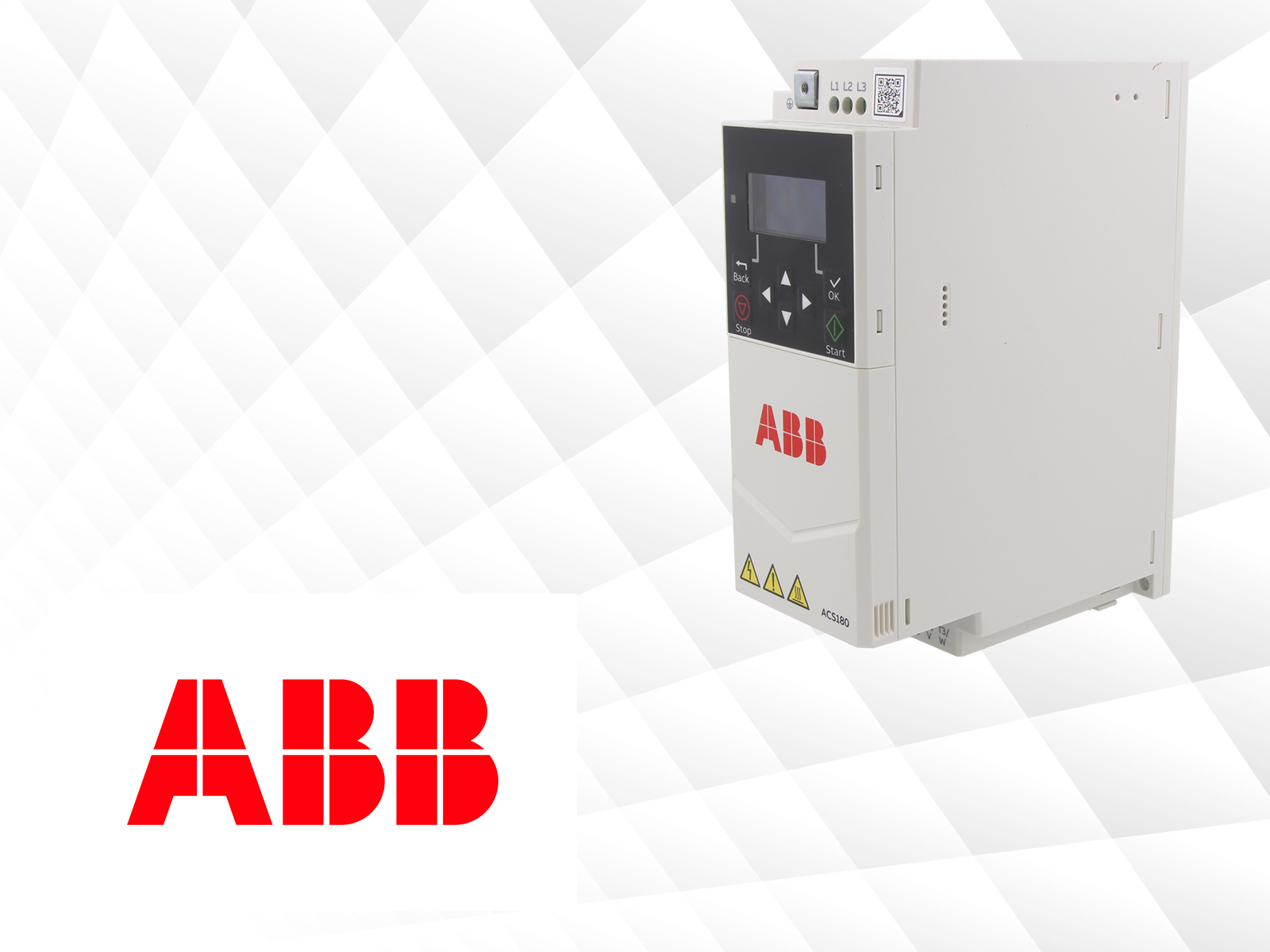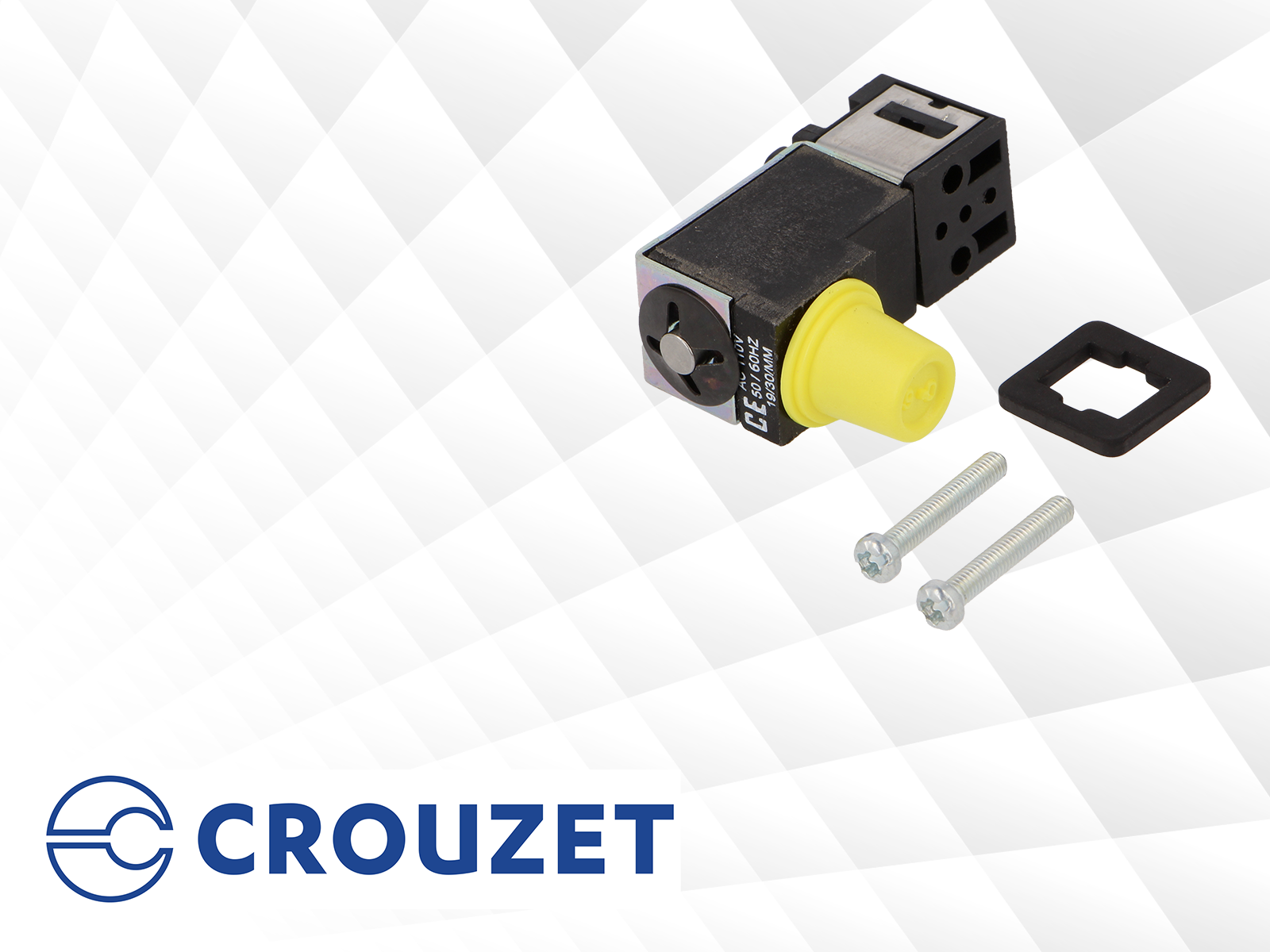TME now offers a series of gas sensors by DFRobot.
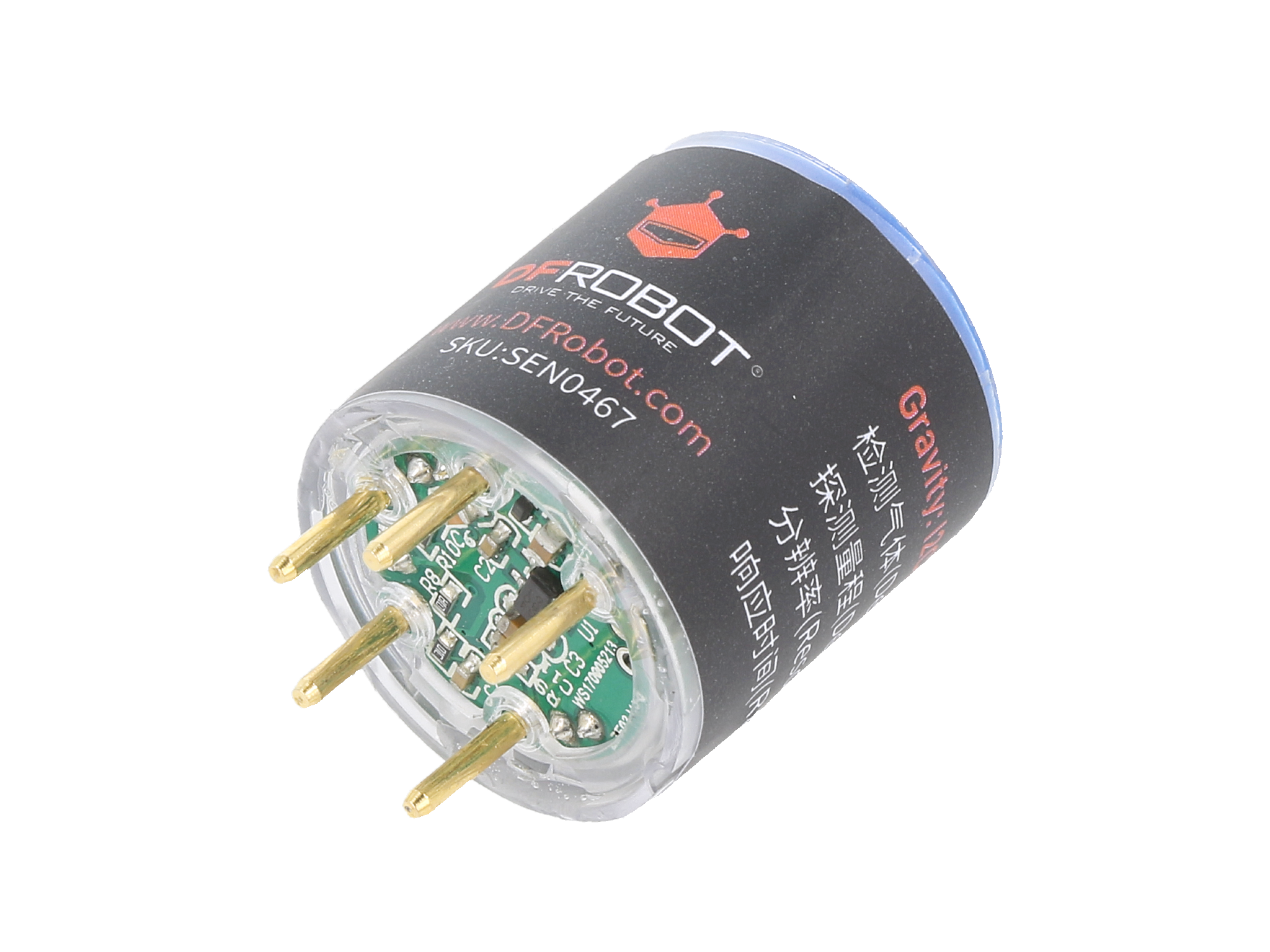
The products are delivered as calibrated sensors in a set with the base module and connection cable. Thanks to the availability of an array of libraries, the modules can be easily used in projects based on such platforms as Arduino, ESP32, and even Raspberry Pi (operating with both 5V and 3.3V DC voltages). Communication takes place via one of three interfaces: analogue, I2C or serial UART. An additional advantage of these products is low operating current (around 5mA), which means they can be used in battery-powered devices, e.g., BLE remote sensors (using the Bluetooth Low Energy communication technology).
The sensors can be used in devices monitoring the air quality in the industry, mines, warehouses and other spaces with restricted air circulation. They will also be useful for prototyping, hobbyist projects and educating: they are a great base for experimenting in the field of chemistry, biochemistry or plant breeding.
The TME offer includes sensors intended for detecting the following gases:
DF-SEN0465: Oxygen sensor – O2
This type of a sensor is essential in air quality monitors and also devices for analysing exhaust gases (car industry). They are also used for the supervision of conditions in plant breeding.
DF-SEN0466: Carbon monoxide sensor – CO
Carbon monoxide is highly toxic and odourless. It’s made in the process of burning carbon and crude oil. That is why the level of carbon monoxide in the air should be monitored in rooms equipped with fireplaces, furnaces, etc., and also in car garages.
DF-SEN0467: Hydrogen sulphide sensor – H2S
Hydrogen sulphide is another highly toxic chemical compound. It is emitted during protein disintegration – e.g. in digestion processes and also in septic tanks, places used for storing biowaste etc. The H2S sensor can be used for proper ventilation in drains, utility rooms and also compost bins and places for storing manure.
DF-SEN0468: Chlorine sensor – Cl2
Chlorine is usually volatile and is one of the compounds which are harmful to health. It’s used for disinfection and in paints or bleaches. The Cl2 level in the air should be monitored for example in cleaning supplies repositories and in indoor pools.
DF-SEN0469: Ammonia sensor – NH3
The presence of ammonia in the air is monitored in many cases, because this compound is widely used in industry – mostly in artificial manure production and in refrigerator engineering.
DF-SEN0470: Sulphur dioxide sensor – SO2
Sulphur dioxide is used as a food preservative in wines, jams and other preserves. It’s emitted as a result of combustion of fossil fuels. The SO2 level should be monitored e.g., in rooms where coal is burned.
DF-SEN0471: Nitrogen dioxide sensor – NO2
Detecting nitrogen dioxide is most often needed in two cases: in the car industry, while analysing exhaust gases emitted by combustion engines; and in siloes, where cereals are stored (disintegrating grains can lead to the level of NO2 that is harmful for human health).
DF-SEN0472: Ozone sensor – O3
Ozone is widely used in various processes, mostly as a germicide. Its disinfecting properties are useful for air conditioning fumigation and sterilisation of rooms, drinking water and water supply systems. It’s produced by ionisers to purify air. In all those cases, the ozone level should be monitored, so that it doesn’t exceed the safe level.
DF-SEN0473: Hydrogen sensor – H2
Hydrogen, although is everywhere, is one of the flammable gases, so the level of H2 has to be monitored wherever there’s a risk of its overproduction. This means all spaces, where metal-gas reactions and electrolysis (including metal galvanisation) occur, as well as in rooms intended as energy storage, if they use acid or nickel-metal hydride batteries (NiMH).
DF-SEN0474: Hydrogen chloride sensor – HCl
Hydrogen chloride is one of the most popular chemical substrates, which in nature can be found mostly in volcanic gases. It is used in hydrochloric acid production. Its detection is required mainly during chemical synthesis and in industrial conditions.
DF-SEN0475: Hydrogen fluoride sensor – HF
Chances of having contact with hydrogen fluoride in everyday life are very slim, however, it is a compound that is hazardous for health, used in many industrial processes (aluminium processes, glass etching, quartz treatment) for example in the petrochemical industry.
DF-SEN0476: Phosphine sensor – PH3
A risk of phosphine presence occurs in the warehouses of agrochemicals. It is widely used as a pesticide, e.g., for the fumigation of fruit and vegetables. It is also used for pest control and sawyer and fungi control to eliminate the risk of damage to wooden construction elements in the building industry.
| Specification: | |
|---|---|
| Type of sensor | gas level |
| Manufacturer’s series | Gravity |
| Output signal | analogue, digital (0 or 1) |
| Operating current | 5mA |
| Board dimensions | 37x32mm |
| Operating temperature | -20...50°C |
| Max. environment humidity | 90% |
| Interface | Gravity, I2C, UART |
Product overview
| Symbol | Detected gas | Measuring range [ppm] |
|---|---|---|
| DF-SEN0465 | O2 | 0...250000 |
| DF-SEN0466 | CO | 0...1000 |
| DF-SEN0467 | H2S | 0...100 |
| DF-SEN0468 | Cl2 | 0...10 |
| DF-SEN0469 | NH3 | 0...100 |
| DF-SEN0470 | SO2 | 0...20 |
| DF-SEN0471 | NO2 | 0...20 |
| DF-SEN0472 | O3 | 0...20 |
| DF-SEN0473 | H2 | 0...1000 |
| DF-SEN0474 | HCl | 0...10 |
| DF-SEN0475 | HF | 0...10 |
| DF-SEN0476 | PH3 | 0...1000 |


